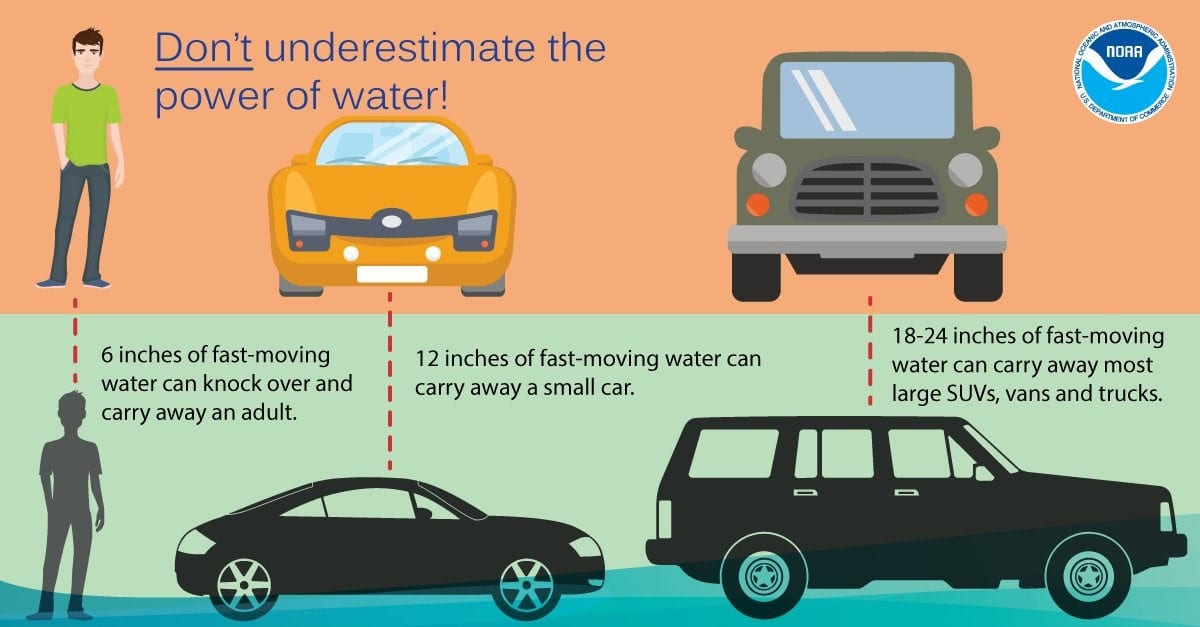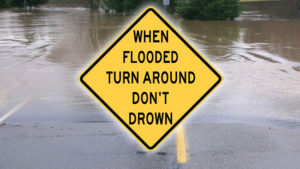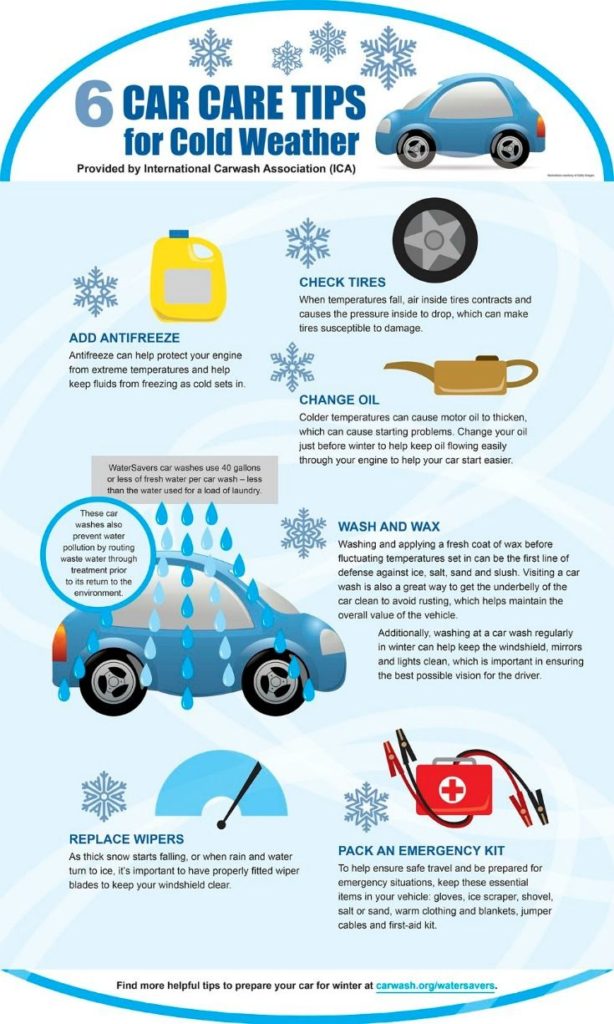EMERGENCY PREPAREDNESS

Family Emergency Preparedness Information:
The link below will give you the necessary tools to educate and prepare your children in case of an emergency or should a disaster occur.



Winter Weather:
When preparing for a winter storm here are some tips on how to be ready.
* Make sure your home is well insulated to keep the cold out.
* Service your furnace to make sure it can handle the cold weather and the usage during frigid temperatures.
* Create a supply kit that will last up to 72 hours. Your kit should consist of the following: batteries, flashlight, battery packs to charge phones, radio(s) for weather reports, blankets, food, water, medicine, etc. For more information on kits, click the link here: https://www.ready.gov/winter-weather.
Traveling in winter weather:
If you are traveling in winter weather you should have an emergency car kit.
For tips on how to make your vehicle safe during the winter, and a list of items to have in your emergency car kit, click the link here: https://www.ready.gov/car


Severe Weather:
How to stay safe during severe weather:
* Watch your local news for watches and warnings in your area.
* If your area is under a thunderstorm warning seek shelter.
* Unplug appliances.
* Do not use landline phones.
* Prepare an emergency kit that will last 72 hours, in case of a power outage.
Other prepareness information can be found at the link below, and how you can keep yourself and your family members safe during a severe weather event.
https://www.ready.gov/thunderstorms-lightning